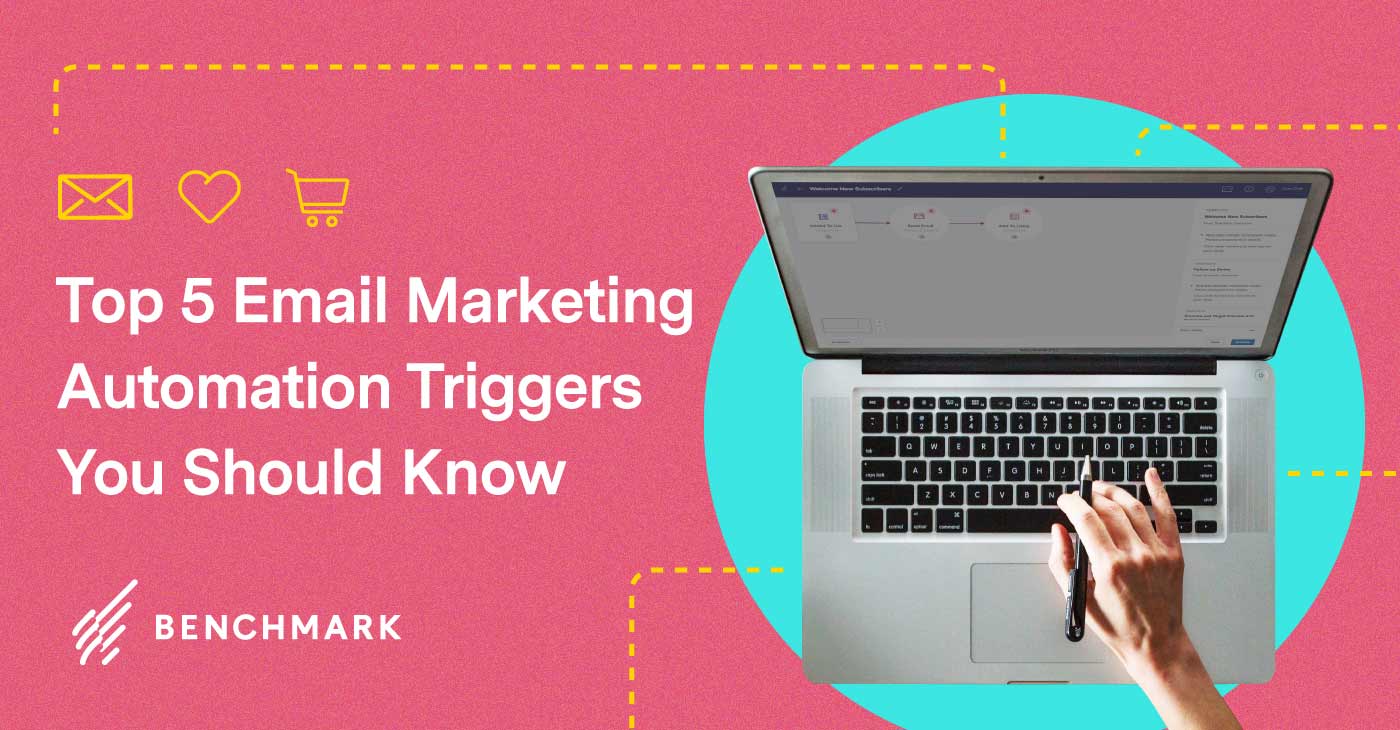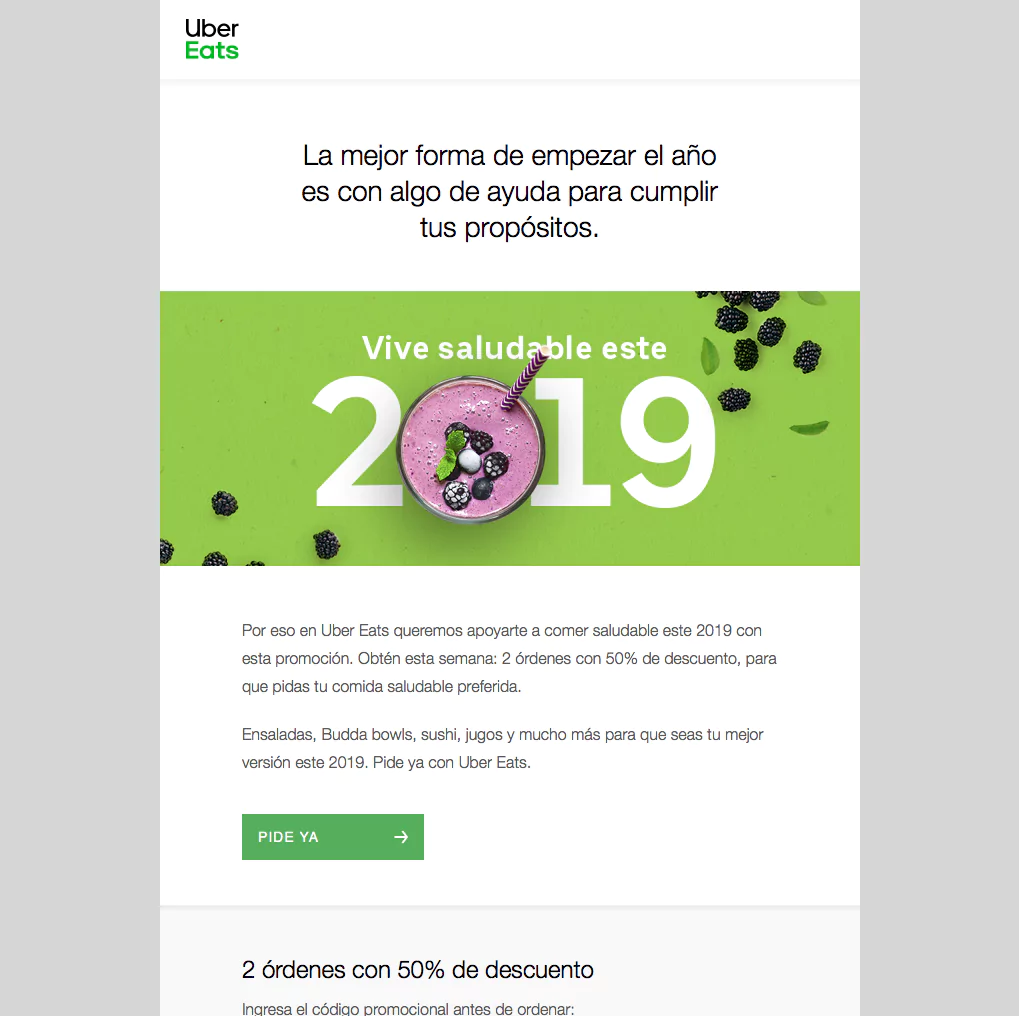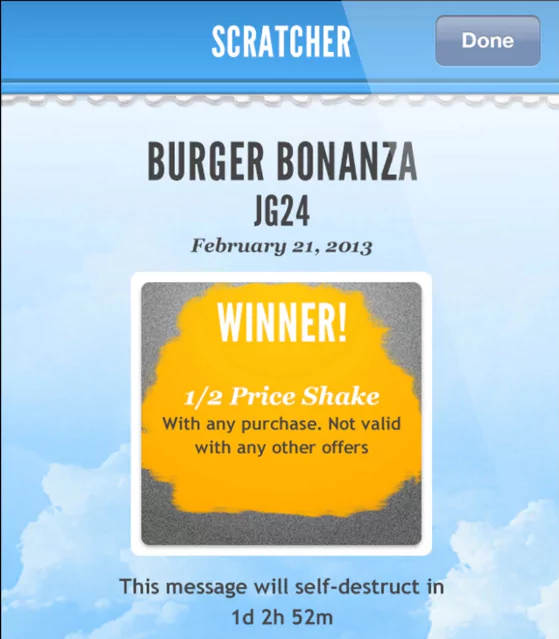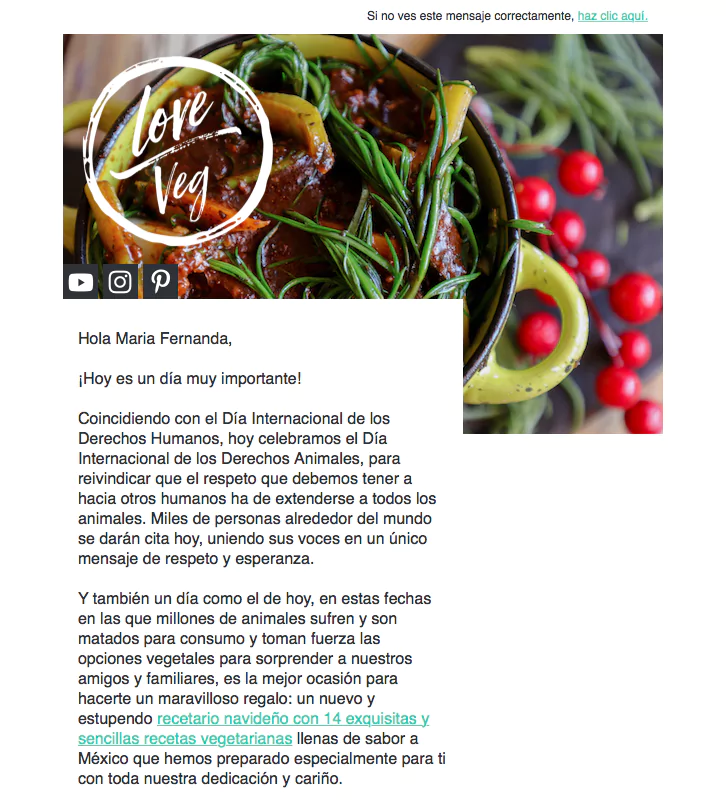Top 5 Email Marketing Automation Triggers You Should Know
March 23, 2018 8 min read

Over the years, marketers continued to use “spray and pray” email marketing tactics. The basic idea is to create a killer email list, send out the same message to the masses of people, hope and pray that someone will notice them and their hard work will prove its value.
Regretfully, this tactic in email marketing is counter-productive. Sending spam can damage the reputation of your company and ruin relationships with your potential clients.
Do you know that 90% of UK customers have unsubscribed from retail emails last year because of too many ham-fisted emails? I guess you don’t want to suffer from the same problem, and, conversely, you want to triple your sales.
Instead of sending mass “one-size-fits-all: emails” focus on your audience, on their needs and behavior. Do it with marketing automation. For example, with the triggered emails. Those nurtured or operational emails are sent in response to a certain interaction with your website or your email program such as email opens, web-form filled, whitepaper download, etc.
While triggered emails are often complex and highly customized, they work incredibly well. Due to specific user behavior or an event, a marketing automation tool sends out a personalized message at the right time to crack their problem.
According to Smart Insights, triggered emails reach 71% higher open rates and 102% higher click-through rates compared to general email newsletters.

Here are five email marketing triggers that help your business increase conversion rates and customer experience:
1. Welcome Emails
The welcome email is an old school autoresponder sent immediately after an event such as a sign-up, the end of a free trial or a purchase occurs. Those messages look something like – “thanks for signing up” or “here is your login info” and are a huge indicator of user status. This type of email triggers helps you establish connections with new subscribers, give more information about your business (the guide how to use a product or service, details about your customer rewards program, etc.), ask them to introduce themselves, and send useful resources based on their interests.
To make users feel comfortable with your business and build brand trust, create and send out more personalized welcome emails. For example, you can send a message from a personal Customer Engagement Manager. Take a look at the welcome email from SE Ranking:

Welcome emails should look compelling and make a positive impact on your subscribers. Add more value to your message, and your client will be agreeably surprised about your care. Here are some more good examples of welcome triggered emails that will touch your feelings:


2. Nurturing Emails
Customers want different content at different times throughout the buying cycle. The main objective of these emails is not to promote your product or service but help customers get what they want based on what they’ve done – deliver the right message to the right person at the right time.
The advantage of nurturing emails is the opportunity to establish an open communication channel that cuts two ways. Customers can give you constructive and valuable feedback and ask questions, and you can better understand your customers and their needs.
Once you deliver your emails into the real world, you can find out what works and what doesn’t work. Just keep testing and learning your emails like subject lines, timing or copy to make the best use of them.
Let’s say you have a SaaS product. You can set up a range of automated nurturing emails educate your users about your features or to promote some updates. For example, SE Ranking is sending out a chain of triggered emails to help users understand better how their key features can help complete SEO tasks. It helps their customers find out more about the features and how to use them properly for their business.

Your email marketing tool can be a great help in getting these types of mails up and running quickly.
For instance onboarding / welcome and nurturing emails are examples of the most popular prebuilt email automation campaigns. Prebuilt marketing workflows are templated email sequences. So they come with the tool, and you don’t have to start them from scratch.
If you have a specific nurturing flow in mind, be sure your automation allows you to trigger on website behavior and link clicks so the campaign is built on engagement. Plus that your campaign flows are fully customizable.
3. Retention Emails
According to Marketing Metrics, the probability of selling to a new lead is between 5-20%. That is increased to 60-70% for the probability of selling to existing customers. Your team is constantly improving the product and enticing customers to make another purchase. That’s where retention emails come into play.
These emails are intended to engage your clients, especially where they stay inactive or doesn’t take full advantage of your service or product. It is critical to have something to offer them and use the opportunity to communicate. If you want to make them happy and offer more value for their money, you can show what they are missing out via automated retention emails.
Here are good examples of retention emails:
Shopping cart abandonment emails. For e-Commerce, shopping cart abandonment is a huge problem. Why not customize a system to entice and get your potential clients back to your website? You can use the following ways to do this
1. Give them an incentive to return, include images and a description of your products.

2. Offer discounts and show cheaper alternative products with a subject line “Similar Products”, etc.

3. Create a good email design and add your brand logo.

Display ratings, reviews, or even social proof.

Send friendly reminders. Friendly reminders are a good way to retrain your clients. For example, if a customer’ credit card or a product’s subscription is about to expire, you can let them know that they need to update it.

Transactional emails. This type of triggered email is not only based on a transaction. It contains all the essential information to push upsells and cross-sells. It can be an order status information, service request updates, shipping confirmation, etc.
To show some care and love, you can add extra value to your email.
For example:
- Offer additional items that might interest customers
- Provide useful links to community forums
- Give answers to FAQ
- Share guides and tips on how to use products or services
- Invite them to contact you through social media networks
Note: the primary goal is the transaction, but additionally you can include this info to cross-sell and upsell your products.


Reactivate your lapsed customers. There is a type of customers who have made the order from you only once or twice but then dropped out from returning customers.
The recent Return Path survey revealed that the phrase “miss you” reached 13% read rate, and the words “come back” reached 12.7% read rate. Deliver them a nudging email with the words like “Miss You” and give a discount or coupon to stimulate the returning orders.
Good ideas for powerful reminders:
- New products updates
- Updates for products out of stock
- Seasonal products reminders
- Refill orders
- Offer similar products
- Give a discount if customers don’t re-order
- Personalize emails creatively

4. Special Occasion Emails
Customers are the basis of any business. To retain them, you need to reward their loyalty, and special occasions are ideal for delivering personalized automated emails triggered based on the certain criterion. There are two types of special occasions: birthdays, holidays, anniversaries in customers’ lives and the occasions commemorated by your company or for clients’ sake, follow-up appointments, reminders.
In some cases, it can be easy to gather birthdays, anniversaries and other special dates. But sometimes, you need to figure out a way to collect this data. You can create special requests, make surveys or use a dedicated form approach. If you ask for such personal information, you should motivate subscribers by showing a great benefit or offering an award.


5. Product Review Emails
This type of “ask” emails is very simple and shows how important customers’ opinions are. It is important to intromit personality into the email.

Reviews are useful for your business in two ways. First, you will get more feedback about your product or your services that can help boost your sales. Even negative reviews are good as they help you to make your products better.
Secondly, once people come back to review your product, they are more likely to place another order from you. You can even give a coupon or discount in exchange for a review.
TripAdvisor uses personalized reports to encourage users open and read their emails with an eye towards contributing to the community.

Conclusion
Triggered emails make up a low percentage of overall email volume. Even with low volume, well-planned campaigns have a marked impact on sales getting from email marketing.
Triggered emails can run on auto-pilot and help generate more revenue over time. Thoughtfully designed emails can break new ground, increase sales and better serve customers. Especially, they work well for e-commerce business. You can perform different experiments with triggered emails to figure out what works best for your business.



